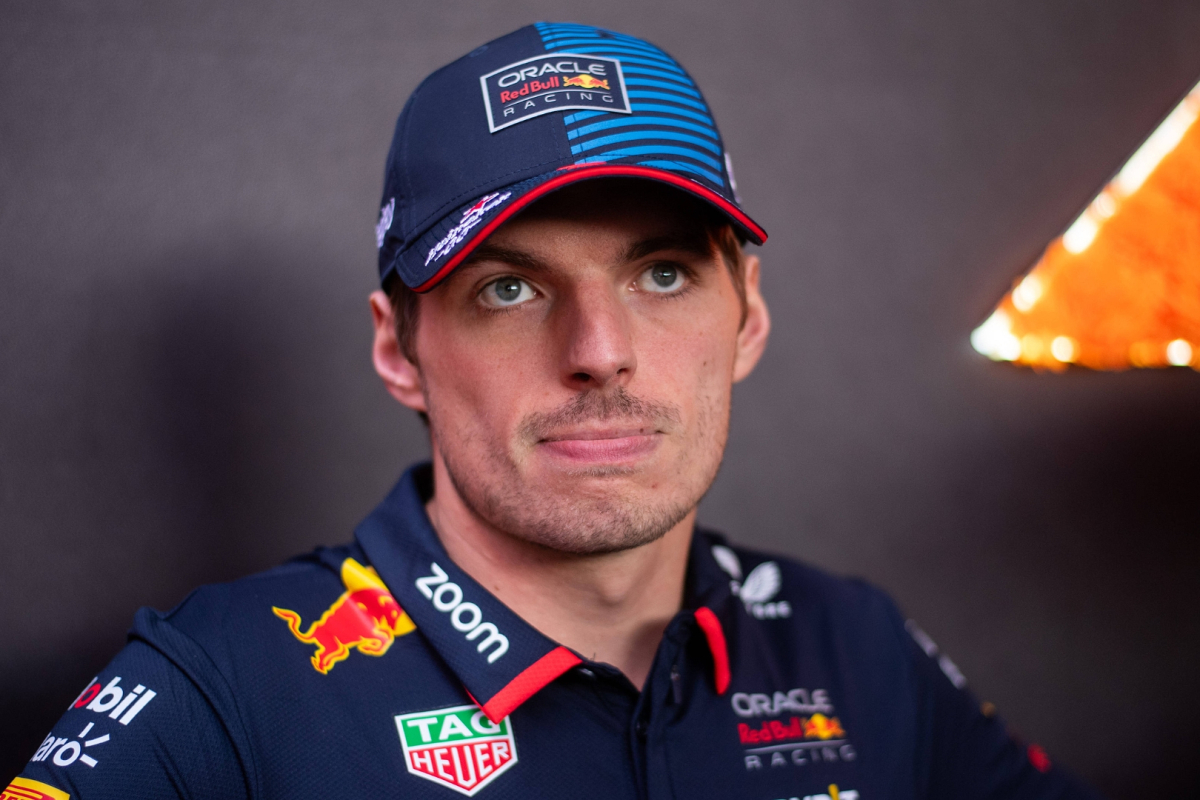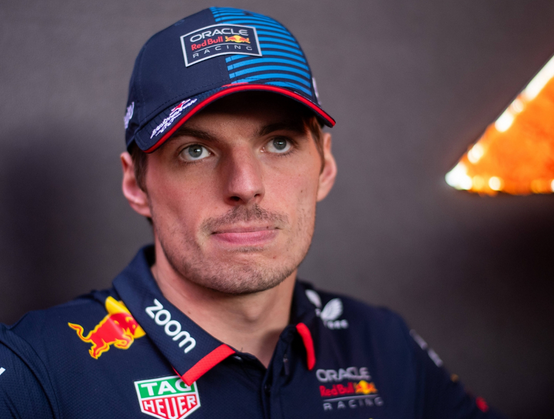Max Verstappen Terminate Contract With Red Bull Due To Support Turn down After…

The world of Formula 1 never lacks for drama, both on and off the track. Amid intense battles for the podium, drivers face another adversary: grueling track conditions that push their endurance to the limit. Recently, drivers including Lewis Hamilton and Max Verstappen have spoken out on the “horrible” track conditions they are being forced to navigate. These comments, coupled with the surprising news of Fernando Alonso’s illness, have added an extra layer of tension to the 2024 season.
Let’s take a deeper dive into what’s unfolding in F1 as we head toward the latter part of the season, exploring why these comments from top drivers have resonated with fans and what Alonso’s absence might mean for the competition.
While F1 has often been associated with high-tech cars and cutting-edge technology, it’s easy to overlook the physical toll that racing takes on drivers. Reaching speeds of over 200 mph while enduring gravitational forces in excess of 5Gs, drivers require not only skill but also exceptional physical endurance. That’s not to mention the extreme environmental conditions they’re subjected to, as each circuit presents unique challenges: from Malaysia’s blistering heat to Canada’s fluctuating temperatures.
However, few races have seen conditions as intense as those that have marked recent Grand Prix events. With track temperatures rising past 50°C (122°F) in some cases, drivers face cabin-like heat that tests their endurance. Veteran drivers like Lewis Hamilton have experienced countless races, yet even they were quick to highlight the extremity of these conditions, with Hamilton candidly calling the experience “horrible.”
In his post-race interview, Hamilton described a feeling of “suffocation,” highlighting the severity of the current conditions. “It’s tough; it’s tough on the car, and it’s tough on the body. There comes a point where it feels like you’re racing in an oven, trying to focus and strategize while pushing yourself beyond your physical limit.”
These harsh conditions have become a talking point not only because of the heat but also because they represent the sport’s ongoing shift toward races in hotter climates. As F1 expands into new markets, races in warmer countries are becoming more frequent, bringing to light the issue of heat resilience in high-stakes racing.
The news of Fernando Alonso’s recent illness adds a twist to the season, as the Spanish veteran is widely considered one of the most seasoned and versatile drivers on the grid. Known for his relentless focus, Alonso has maintained a reputation for pushing through physical and mental barriers throughout his career. So, when word came out that he was struggling with a health issue, it caught the F1 community off guard.
Reports suggest that Alonso’s symptoms, which remain undisclosed, affected his performance during the race weekend. Some sources indicate that the extreme track conditions could have exacerbated an underlying issue, leading Alonso to seek medical advice and potentially miss upcoming races. Alonso’s absence could alter the grid dynamic, as he is not only a formidable competitor but also a key strategist for his team.
Fans, rivals, and the media alike are left wondering: could Alonso’s illness be a result of the grueling physical toll of this season? Many drivers have been vocal about the need for reforms, suggesting that F1’s pursuit of broader audiences and grander locations should not come at the expense of drivers’ health. Hamilton’s recent comments on the topic emphasize that safety should always be a top priority, echoing concerns that Alonso’s illness might serve as a wake-up call.
With Hamilton vocalizing his concerns and Alonso potentially on the sidelines, all eyes are on Max Verstappen, the reigning champion, who has shown an iron-clad resilience in adapting to whatever challenges the season throws his way. Verstappen’s approach to the season and his mental state have come under scrutiny, especially given the increased pressure to perform in tough conditions.
Unlike some of his rivals, Verstappen has taken a more stoic approach to the extreme conditions, focusing on mental preparation and maintaining a relentless drive to stay ahead. His mindset, however, isn’t as cavalier as it may appear. In recent interviews, Verstappen admitted that the season has become a “mental game,” with each race requiring him to push beyond physical exhaustion and dig into his mental reserves. His methods include rigorous training, staying focused, and strategically conserving energy.
With the absence of Alonso, Verstappen has acknowledged that the competition shifts as other drivers step up to the plate. He’s also mentioned that Alonso’s situation is a reminder of the very real impact of extreme racing conditions on driver health. Verstappen’s philosophy remains focused on adaptability, demonstrating his belief that every challenge, whether it be extreme heat or a change in competitors, offers an opportunity for personal growth and professional evolution.
The culmination of Hamilton’s critique, Alonso’s illness, and Verstappen’s call for resilience has intensified calls for the F1 community to consider adjustments to race locations, timing, and safety protocols. Trackside conditions in certain circuits have raised the question: how much is too much?
Drivers, teams, and fans have been calling for reforms to ensure that safety remains at the heart of F1. Proposed changes include stricter protocols to limit the duration of races in high-heat zones, adding hydration stations, or even reconsidering the time of day for certain events. While F1 has introduced some safety innovations over the years, recent events indicate there is still room to evolve and adapt to the reality of climate change.
Some F1 insiders have even hinted that the extreme heat could lead to a driver advocacy movement, where high-profile drivers like Hamilton and Verstappen lead the push for changes. These reforms would not only benefit driver safety but could also lead to a more sustainable and fan-friendly race experience.
With Alonso’s health in question, Hamilton’s candid commentary, and Verstappen’s steely resolve, the second half of the 2024 F1 season is set to be one of the most compelling in recent memory. Each of these elements has created a high-stakes environment where drivers are racing not only for championship points but also against the forces of nature itself.
While Verstappen remains a favorite, any changes in the competition dynamic could give his competitors a chance to catch up. Alonso’s absence could open doors for emerging drivers to make their mark on the grid, adding an element of unpredictability to the remaining races. Meanwhile, Hamilton’s unfiltered critique of F1’s approach to track conditions may lead to broader discussions on reform, potentially reshaping the future of the sport.
The overarching takeaway from this season is a powerful reminder: F1, for all its technology and strategy, is still fundamentally a human endeavor. Each driver’s mindset, physical endurance, and mental resilience are as much a part of the race as the machinery and tactics they employ.
